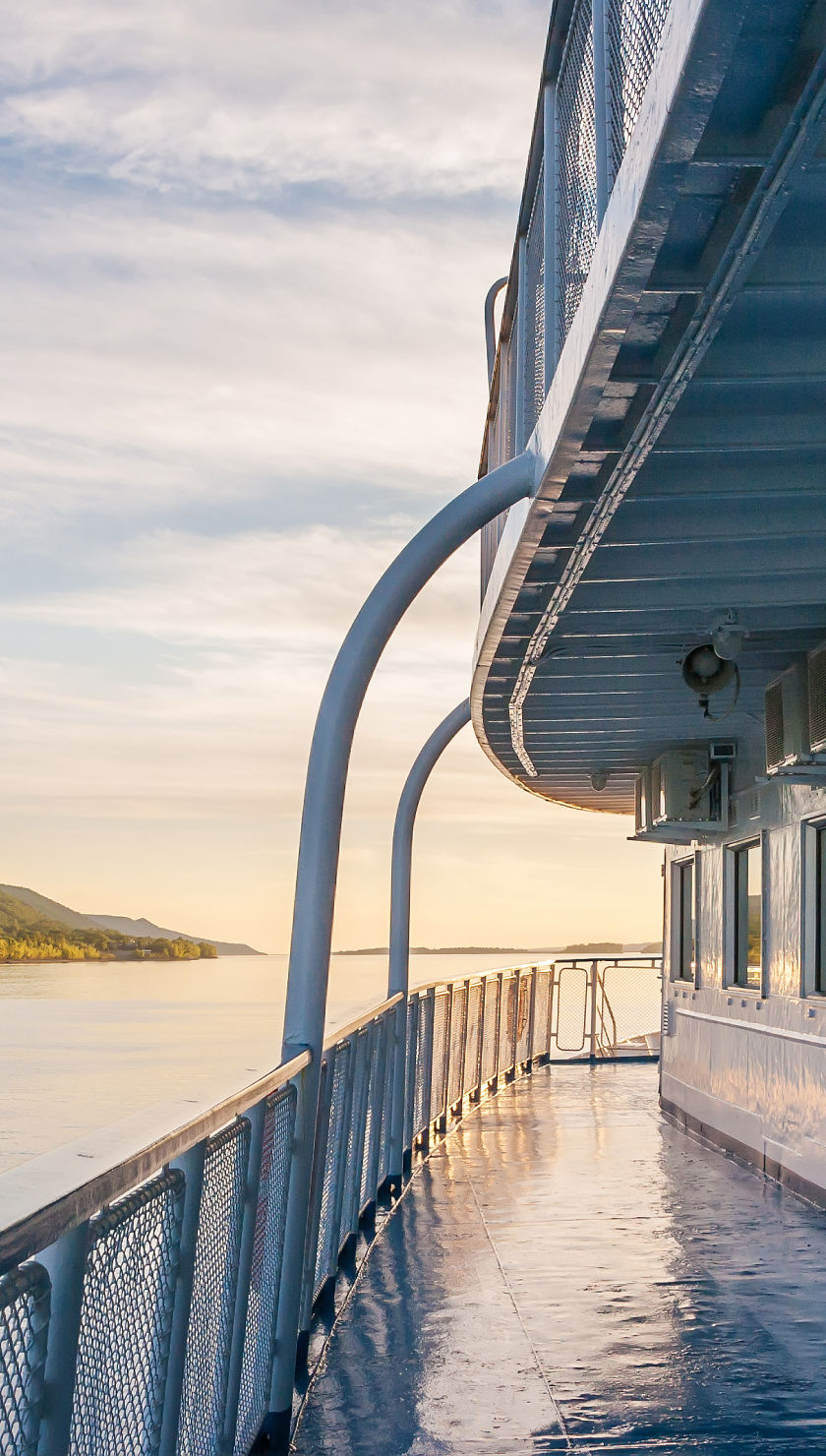Meandering Through History: River Cruise Expeditions on the Mekong
Let the river's flow guide you to some of Southeast Asia's most captivating destinations. Many popular Mekong itineraries focus on a collection of culturally significant regions, each providing a unique perspective on this vital river:
From Saigon to the Delta's Heart
Mekong River journeys frequently begin (or end) in Vietnam, and while excursions along the river usually proceed upstream, the Vietnamese portion of the river holds its allure. Ho Chi Minh City, formerly Saigon, boasts colonial architecture and modern dynamism. Further along, the Mekong Delta presents a labyrinth of waterways, floating markets, and lush rice paddies. Experience the vibrant Vietnamese culture, sample local delicacies like pho and fresh spring rolls, and immerse yourself in the lively atmosphere of a region renowned for its industriousness and charm.
+ Highlights: Cu Chi Tunnels and the markets of Ho Chi Minh City
Home of The Khmer
Phnom Penh, the capital of Cambodia, is a crucial stop for many, and for good reason. This historic city is known for its Royal Palace, Silver Pagoda, and the sobering reminders of its turbulent past at the Killing Fields. Explore the city's French colonial architecture, take a riverboat trip, and wander through the lively riverside area. Beyond Phnom Penh, the Cambodian countryside offers ancient temples like Angkor Wat, a short distance from Siem Reap. Experience the warm Cambodian hospitality, savor fish amok, and be captivated by the country's unique blend of tradition and resilience.
+ Highlights: Royal Palace, Killing Fields (Phnom Penh), and Angkor Wat (Siem Reap)
Kuang Si Falls and Riverine Temples
With a significant portion of the Mekong running through Laos, your next Mekong adventure will probably take you here. This is the land of serene landscapes, Buddhist temples, and laid-back lifestyles, and their essence is evident along the riverbanks. Luang Prabang, a UNESCO World Heritage city, demands exploration. Marvel at the numerous temples, including Wat Xieng Thong, and witness the daily alms-giving ceremony. Wander through the charming old town and enjoy a Beerlao while watching the sunset over the Mekong. Further along, the river flows through stunning natural scenery, with opportunities to visit remote villages and experience the authentic Laotian way of life.
+ Highlights: Wat Xieng Thong, the alms-giving ceremony (Luang Prabang), and the natural beauty of the Laotian countryside
Where the Golden Triangle Meets the River
Venturing further along, a Mekong River journey will carry you to other equally enchanting corners of Southeast Asia, such as Thailand. Chiang Saen, a historical town near the Golden Triangle, presents a gateway to the region's diverse cultures with its ancient ruins and temples. Enjoy exploring the local markets and experiencing the unique blend of Thai, Laotian, and Burmese influences.
+ Highlights: Ancient ruins of Chiang Saen, and Golden Triangle
Find Your Perfect Mekong River Cruise Itinerary
The Mekong River offers a range of cruise options, from brief excursions that explore specific regions to more extensive journeys spanning multiple countries. Choosing the appropriate itinerary hinges on your available time, interests, and financial plan. Let's examine some of the most favored Mekong River cruise routes, emphasizing the key destinations and experiences each one provides.
Unforgettable Cruise Moments on a Short Mekong Escape (3-6 days)
- Ho Chi Minh City (Vietnam) to Phnom Penh (Cambodia): This is perhaps the most popular and classic Mekong segment. It concentrates on the lower Mekong experience, encompassing Vietnam and Cambodia. It typically includes Ho Chi Minh City, the Mekong Delta, and Phnom Penh. This is an excellent choice for a first-time river cruise or for those with limited time.
- Luang Prabang (Laos) Round Trip: These cruises focus on the Laotian portion of the Mekong, exploring the cultural heart of Laos and visiting remote villages. They offer a profound immersion into Laotian culture and scenery.
Iconic Sites and Cultural Treasures on a Mekong River Expedition (7-10 days)
- Phnom Penh (Cambodia) to Siem Reap (Cambodia): This itinerary combines a river cruise with a visit to the iconic temples of Angkor Wat, offering a comprehensive view of Cambodian history and culture. It includes Phnom Penh, river villages, and overland travel to Siem Reap.
A Comprehensive Exploration of the Mekong's Diverse Landscapes and Cultures (11+ days)
Specialty Cruises on the Mekong
- Water Festival cruises: Immerse yourself in the vibrant celebrations of the Water Festival, a significant event in many Southeast Asian countries. Experience traditional boat races, cultural performances, and colorful festivities.
- Spiritual Retreat cruises: Embark on a journey of self-discovery and reflection with a spiritual retreat cruise. Visit ancient temples, participate in meditation sessions, and learn about Buddhist philosophy.
- Wildlife cruises: Explore the unique ecosystems of the Mekong, including the Tonle Sap Lake and the Mekong Delta, focusing on wildlife observation and conservation.
Immerse yourself in the Mekong's magic: hear the echoes of ancient rites in sacred temples, feel the rhythm of local music, and witness stunning landscapes unfold. This is a journey to the very heart of Southeast Asia, a vibrant blend of cultures, and a collection of unforgettable moments. Allow the Mekong's enduring allure to shape your memories.











